Household waste in the Alamedin River bed.
Coordinates: 42.629832, 74.669874
Illegal dumps and littering in the Alamedin riverbed, as in any other place, pose serious threats to both the environment and human health. Here are some of the dangers they may present:
Water pollution: Waste left in the riverbed can contaminate water with chemicals, toxins, and microbes. This can lead to water poisoning and threaten the health of those who use this water for drinking, irrigation, or other purposes.
Threat to wildlife: The construction of dumps and littering can harm local flora and fauna, as well as attract pests and predators that may be dangerous to the ecosystem.
Fire hazard: Illegal dumps, especially if they contain flammable materials, can become fire hotspots, which not only increases air pollution but also poses a danger to surrounding residents.
Risk of diseases: Old waste can become a breeding ground for bacteria, viruses, and other pathogenic organisms, increasing the risk of diseases for those who approach the dump or come into contact with its contents.
Deterioration of soil quality: Waste, as it decomposes, can release toxic substances that can then seep into the soil, making it unsuitable for agriculture or other uses.
Aesthetic pollution: Expanding dumps and litter spoil the natural beauty of the area, reducing its appeal to tourists and locals, which can impact the tourism and economic potential of the region.
Addressing these issues requires joint efforts from local authorities, the community, and organizations focused on waste collection and recycling, as well as educating the population about the importance of environmental protection and the consequences of improper waste management.
Illegal dumps and littering in the Alamedin riverbed, as in any other place, pose serious threats to both the environment and human health. Here are some of the dangers they may present:
Water pollution: Waste left in the riverbed can contaminate water with chemicals, toxins, and microbes. This can lead to water poisoning and threaten the health of those who use this water for drinking, irrigation, or other purposes.
Threat to wildlife: The construction of dumps and littering can harm local flora and fauna, as well as attract pests and predators that may be dangerous to the ecosystem.
Fire hazard: Illegal dumps, especially if they contain flammable materials, can become fire hotspots, which not only increases air pollution but also poses a danger to surrounding residents.
Risk of diseases: Old waste can become a breeding ground for bacteria, viruses, and other pathogenic organisms, increasing the risk of diseases for those who approach the dump or come into contact with its contents.
Deterioration of soil quality: Waste, as it decomposes, can release toxic substances that can then seep into the soil, making it unsuitable for agriculture or other uses.
Aesthetic pollution: Expanding dumps and litter spoil the natural beauty of the area, reducing its appeal to tourists and locals, which can impact the tourism and economic potential of the region.
Addressing these issues requires joint efforts from local authorities, the community, and organizations focused on waste collection and recycling, as well as educating the population about the importance of environmental protection and the consequences of improper waste management.

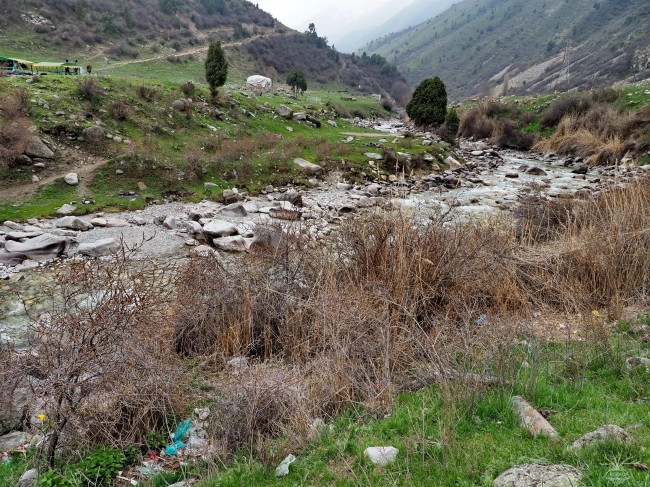

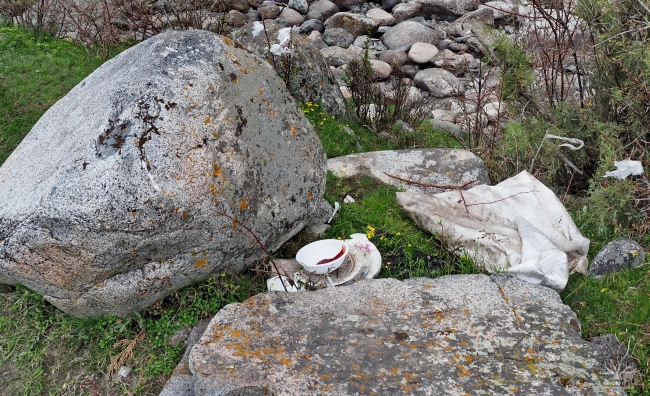
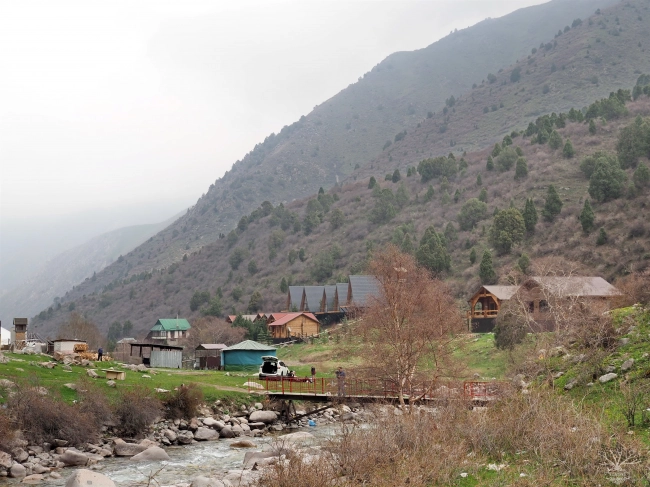
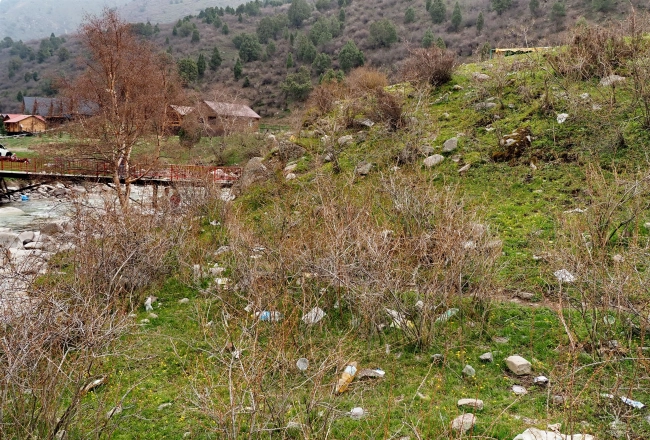
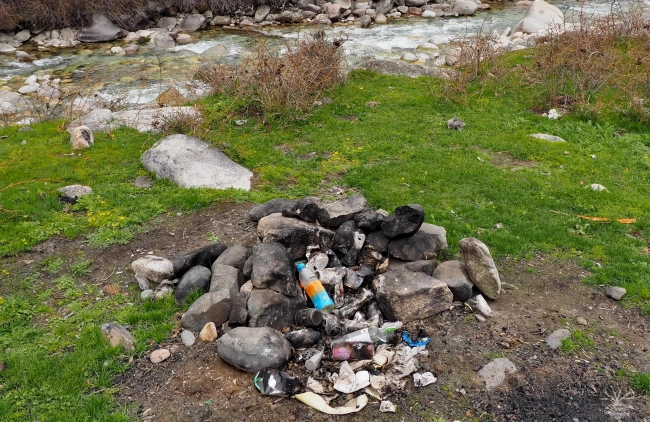
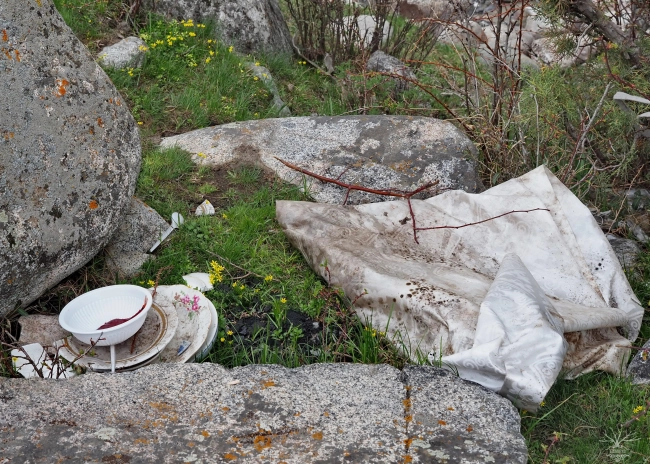
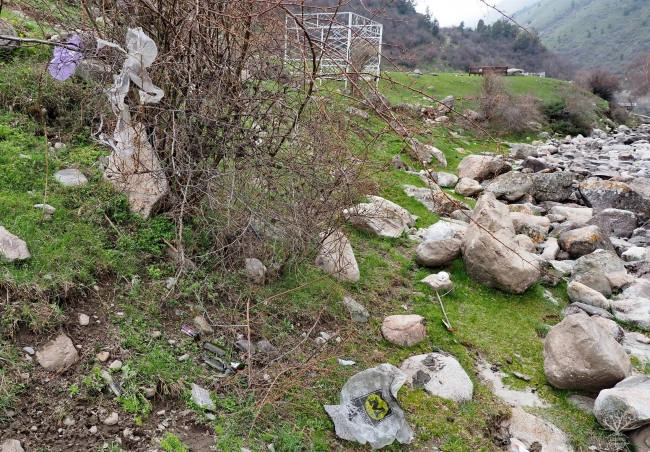

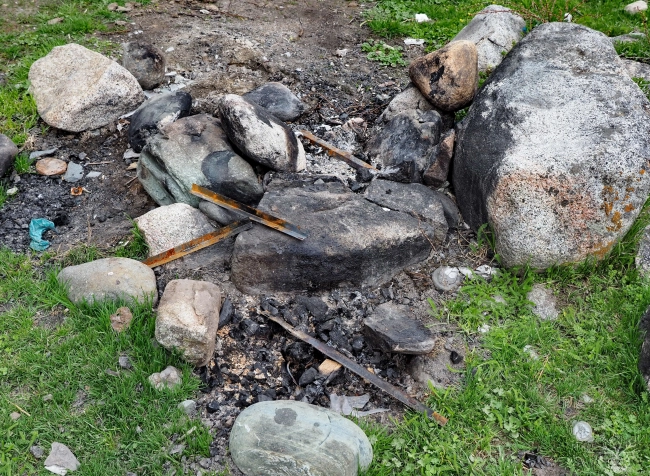
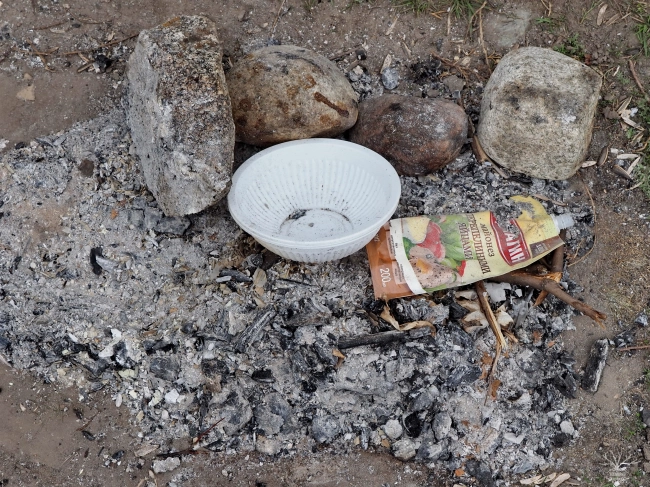
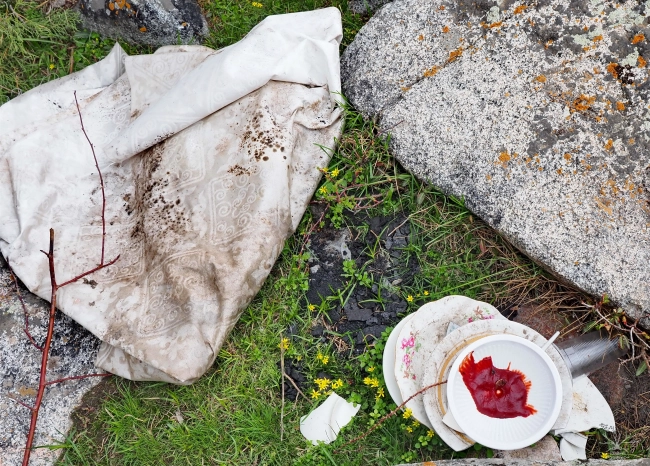
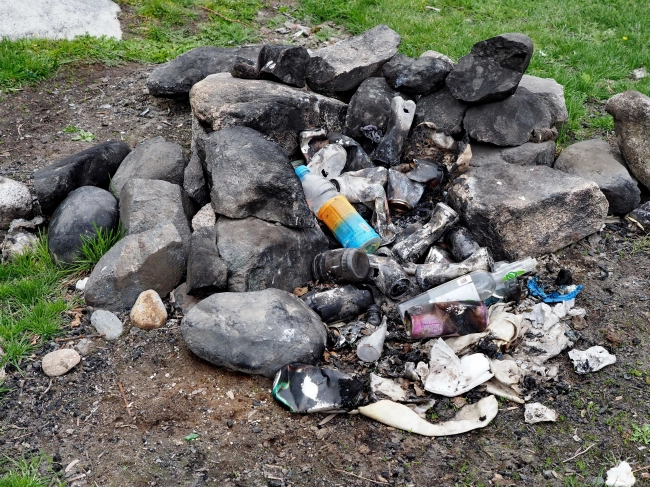

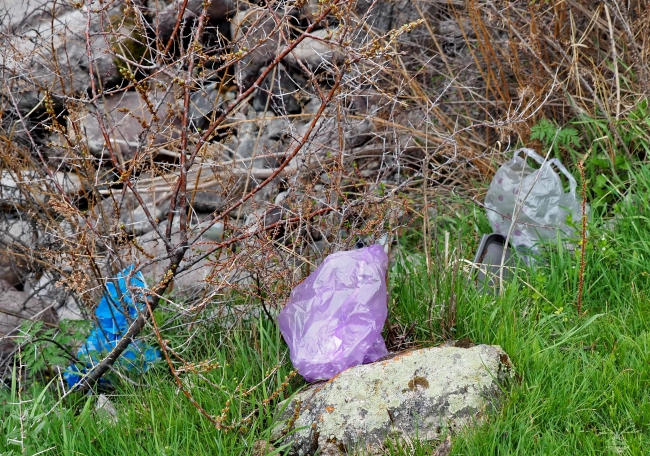


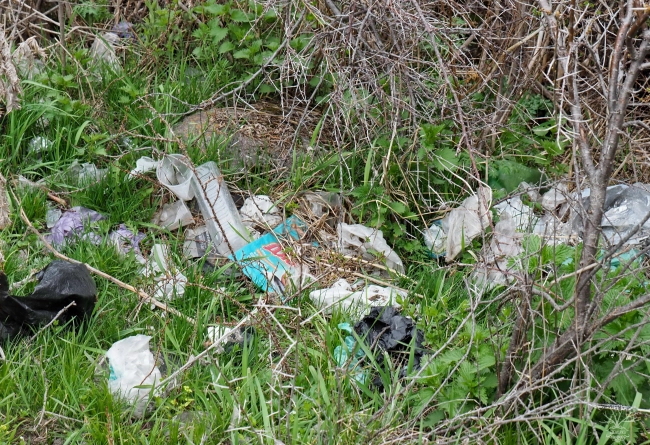
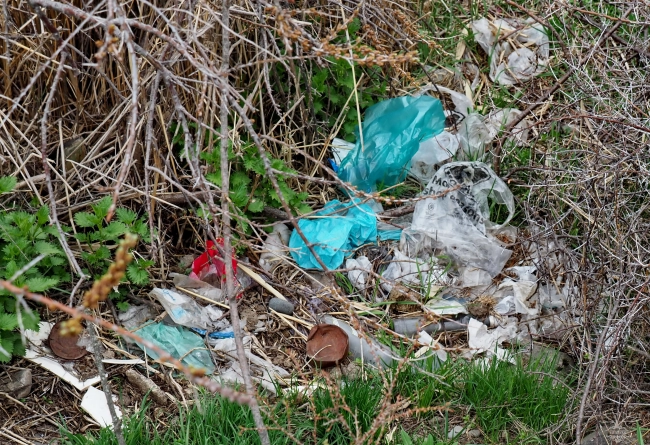

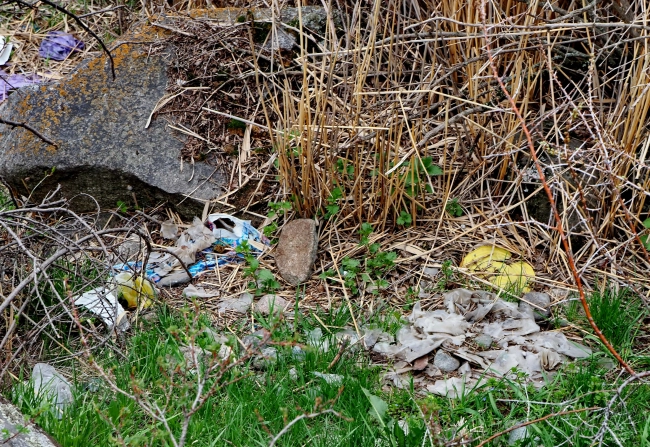


















Attention: Information based on submitted complaints